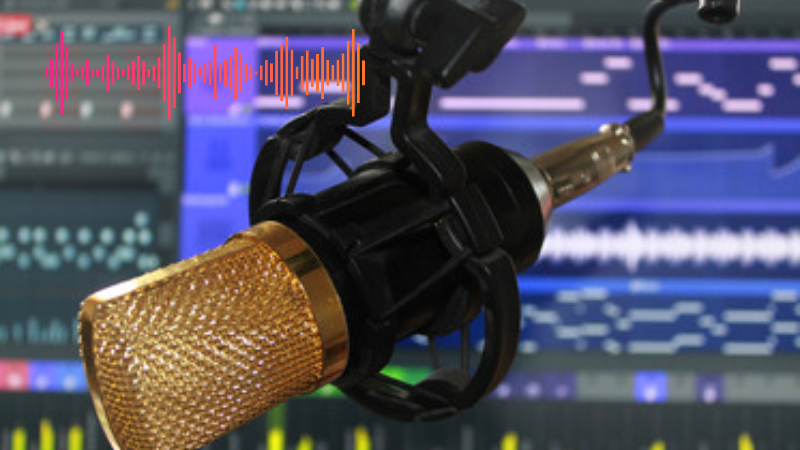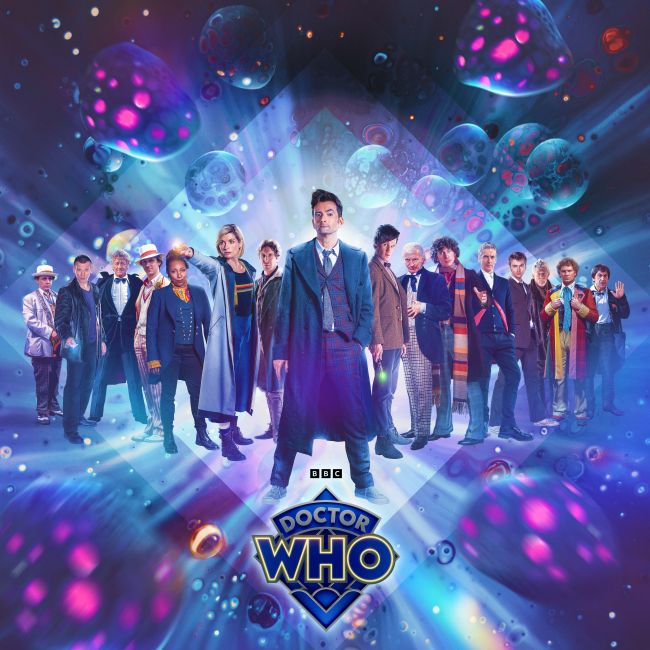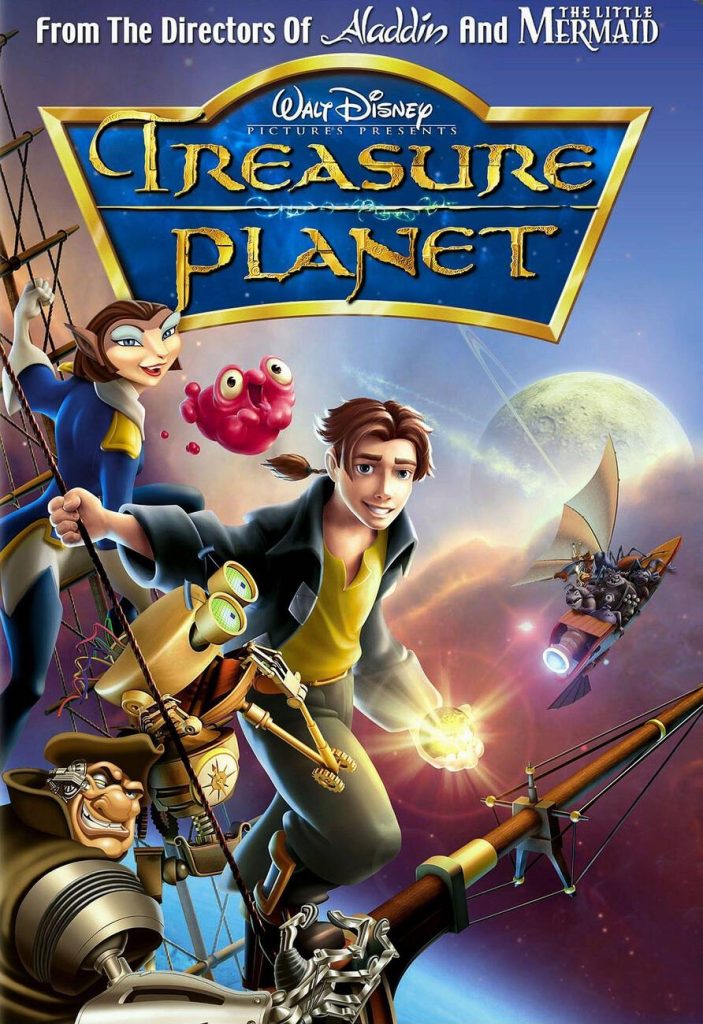Do you ever wonder how a voice can bring a story to life? Well, let me tell you, a voice over is the key. In movies, podcasts, video games, commercials, and documentaries, voice overs add depth and emotion. They guide you through the narrative, immerse you in the world, and make you feel a part of the experience. So, if you’re curious about what a voice over is and how it can enhance different forms of media, keep reading to find out more.
Voice Over in Movies
One example of a voice over in movies is when you hear a character narrating their thoughts or providing commentary. This technique is often used to give insight into the character’s emotions, motivations, or backstory. It allows the audience to gain a deeper understanding of the character and their perspective.
In some movies, the voice over is used as a storytelling device, guiding the audience through the narrative. It can provide important information that may not be evident through dialogue or visuals alone. For example, in the film “Fight Club,” the main character, played by Edward Norton, narrates his thoughts and experiences, giving the audience a glimpse into his troubled mind.
Voice overs can also be used to create a sense of intimacy between the character and the audience. The character may speak directly to the viewer, establishing a personal connection. This can be seen in romantic comedies, where the protagonist might share their innermost thoughts and feelings with the audience, creating a sense of empathy and relatability.
Voice Over in Podcasts
Now let’s explore how voice over is utilized in podcasts to engage listeners and enhance storytelling. In the world of podcasts, voice over plays a crucial role in captivating the audience and creating a deeper connection with the content. Through the use of voice over, podcast hosts can infuse their personality, emotions, and storytelling skills into their episodes.
Voice over in podcasts serves as a guiding force, leading listeners through the narrative and providing context to the story being told. It helps set the tone, pace, and atmosphere, creating a more immersive experience for the audience. By using their voice, podcast hosts can convey excitement, suspense, or even humor, which adds depth and entertainment value to the content.
Moreover, voice over in podcasts allows for the inclusion of sound effects and music, enhancing the overall listening experience. It helps to create a more dynamic and engaging atmosphere, making the audience feel like they are part of the story being told.
In addition, voice over in podcasts can also be used to introduce guest speakers, provide background information, or offer insights and commentary. It adds credibility and professionalism to the podcast, making it more informative and enjoyable for the listeners.
Voice Over in Video Games
As you delve into the world of video games, you’ll discover how voice over takes center stage, immersing players in captivating narratives and bringing characters to life. Voice over in video games adds an extra layer of realism and emotional depth to the gaming experience. Here are three reasons why voice over in video games is so impactful:
- Character Development: Voice over allows game developers to create well-rounded characters with unique personalities. By hearing the characters speak, players can form deeper connections and understand their motivations.
- Storytelling: Voice over brings the game’s story to life by delivering dialogue, narration, and exposition. It helps players engage with the plot and enhances their immersion in the game world.
- Player Guidance: Voice over is often used to provide important instructions and guidance to players. It helps them navigate complex levels, solve puzzles, and progress through the game. Without voice over, players may struggle to understand what they need to do next.
Voice Over in Commercials
When you watch commercials, you may notice that an example of a voice over is often used to deliver persuasive messages and promote products or services. Voice over in commercials is a powerful tool that helps capture the attention of the audience and convey the desired message effectively. It adds a human touch to the advertisement, creating a connection with the viewers.
A voice over artist lends their voice to the commercial, providing narration or dialogue that supports the visuals and enhances the overall impact. They use their vocal skills to convey emotions, excitement, or urgency, depending on the tone and objective of the advertisement.
In commercials, voice over can be used in various ways, such as:
| Examples | |
|---|---|
| Narration | Guiding the audience through the commercial, explaining the features and benefits of the product or service. |
| Character Voices | Giving life to animated characters or mascots, making them relatable and memorable. |
| Call to Action | Encouraging viewers to take action, such as making a purchase or visiting a website. |
Voice over in commercials is an integral part of advertising, as it helps create brand awareness, influence consumer behavior, and ultimately drive sales. So next time you watch a commercial, pay attention to the voice over and how it enhances the message being conveyed.
Voice Over in Documentaries
Voice over in documentaries provides informative narration that adds depth and context to the visuals and interviews presented. It serves as a guiding voice that helps the audience understand the subject matter and interpret the message the filmmaker intends to convey. Here are three ways voice over enhances the documentary-watching experience:
- Explanation: Voice over clarifies complex concepts or historical events that may be difficult to grasp solely through visuals. It breaks down information into digestible chunks, providing viewers with a comprehensive understanding of the topic at hand.
- Emotion: Through voice over, documentaries can evoke emotions and create a connection with the audience. The narrator’s tone and inflection can enhance the impact of personal stories or dramatic moments, eliciting empathy and resonance.
- Contextualization: Voice over is instrumental in providing context to the footage and interviews shown. It offers background information, historical context, and expert analysis, allowing viewers to better comprehend the significance and relevance of what they are witnessing.





